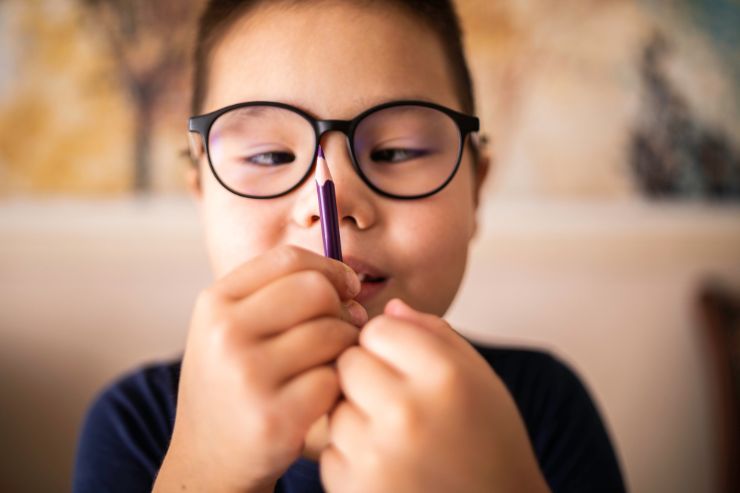
The condition occurs when the brain and one eye are not working together properly. Instead of processing visual information from both eyes equally, the brain favors one eye, which leads to poor vision in the other. Amblyopia can be caused by various factors, including strabismus (misaligned eyes), significant differences in prescription between the two eyes, or a physical obstruction in the eye, such as a cataract.
Symptoms of Amblyopia Amblyopia may not always present obvious symptoms, especially in young children who may not realize they have a vision problem. However, some common signs to watch for include:
Diagnosing Amblyopia Early detection is key to effectively treating amblyopia. At Sri Nirwana Netralaya, we use a combination of diagnostic tests to assess vision in young patients:
Treatment Options for Amblyopia At Sri Nirwana Netralaya, our approach to treating amblyopia is personalized to each child’s specific needs. The goal of treatment is to improve vision in the weaker eye and ensure both eyes work together effectively. Our treatment options include:
Corrective Eyeglasses or Contact Lenses:
Patching (Occlusion Therapy):
Atropine Eye Drops:
Vision Therapy:
Surgical Intervention:
At Sri Nirwana Netralaya, we believe that your vision is not just a sense, but a gift that deserves the highest level of care and attention. Our hospital is committed to preserving and enhancing this gift through a blend of cutting-edge technology, skilled professionals, and a compassionate approach to patient care.